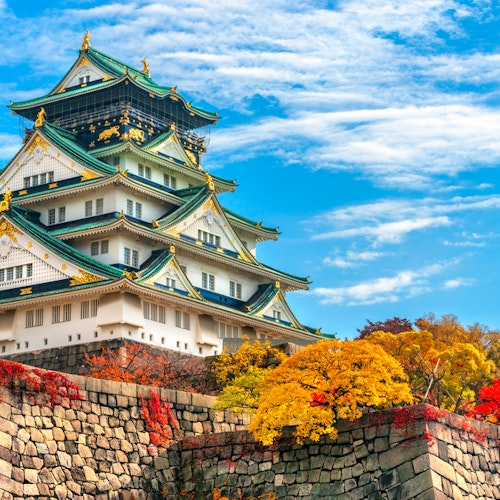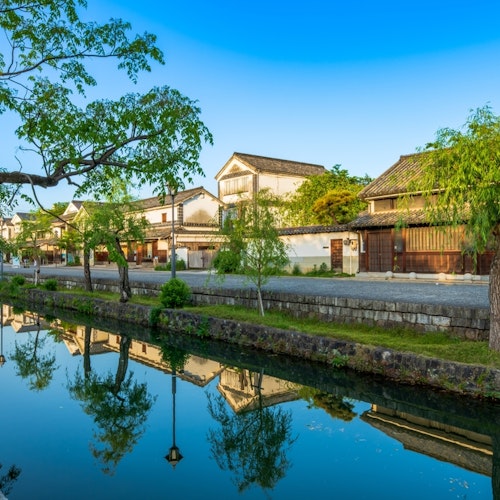
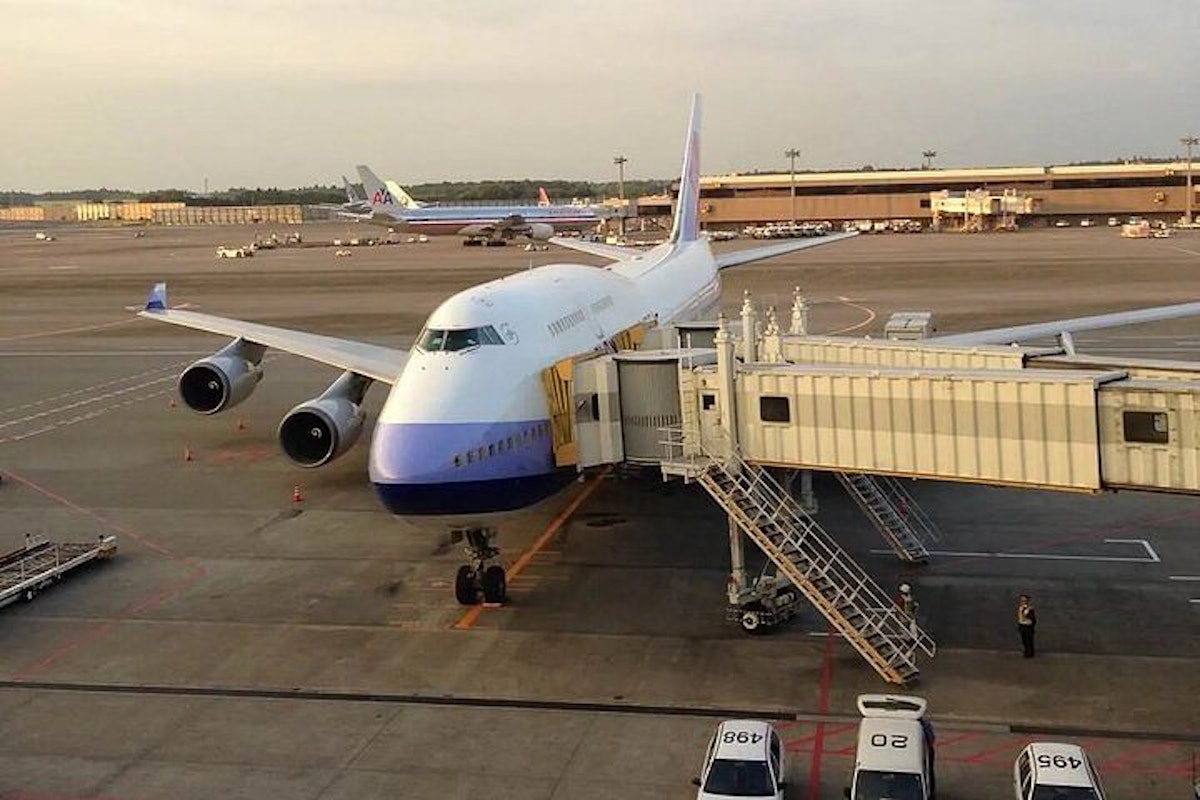
Planning a trip to Tokyo? One of the first decisions you’ll face is which airport to fly into: Haneda Airport or Narita Airport. Both serve as gateways to Japan’s vibrant capital, but they cater to different needs based on location, accessibility, facilities, and flight options.
In this detailed guide, we’ll break down the pros and cons of Haneda vs. Narita to help you decide which Tokyo airport suits your travel plans. Whether you’re a first-time visitor, a business traveler, or a seasoned Japan explorer, we’ve got you covered with all the info you need to make an informed choice.
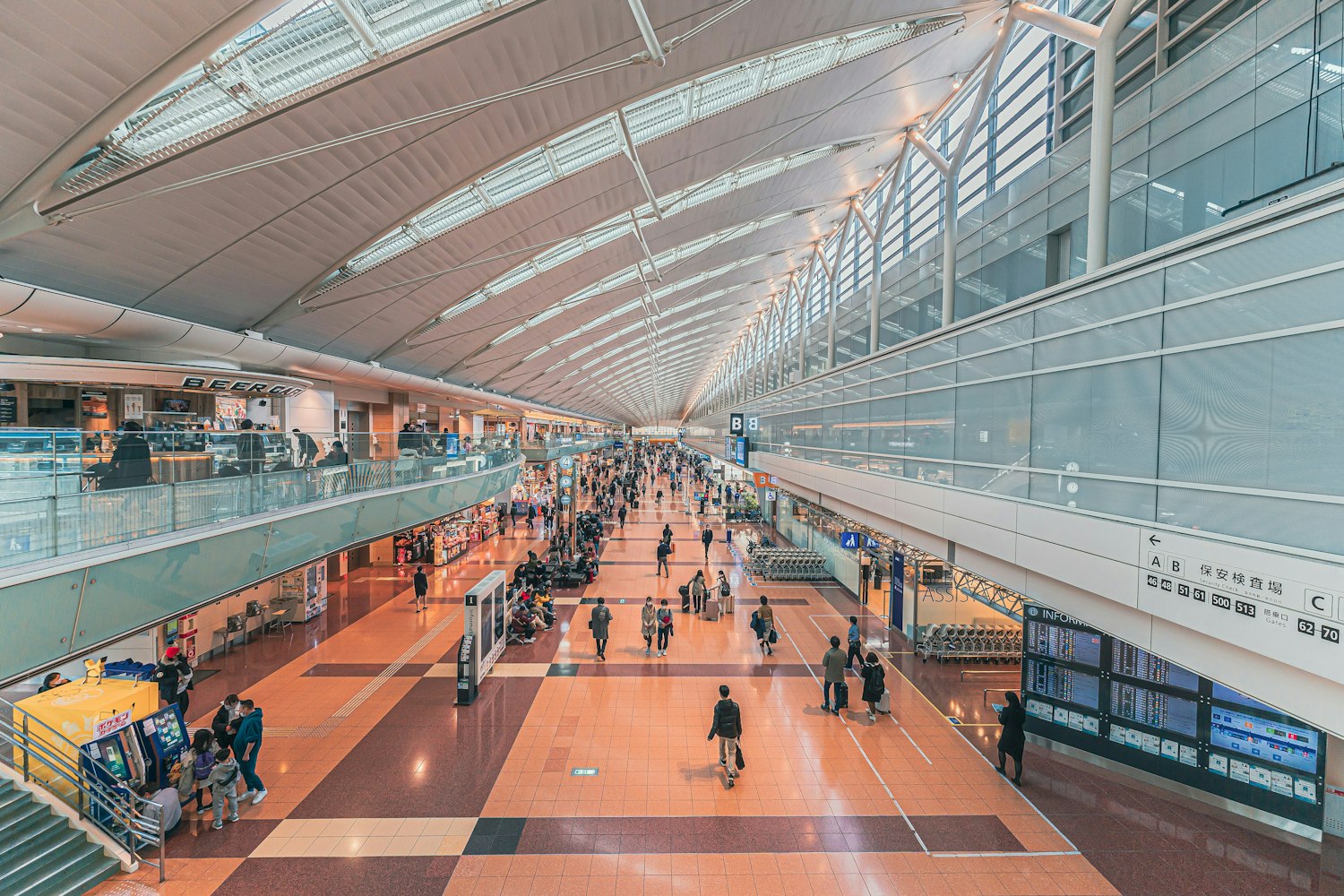
Haneda Airport (HND), officially Tokyo International Airport, is practically in Tokyo’s backyard. It’s located in the Ota ward, about 14 kilometers (8.7 miles) south of central Tokyo. This makes it super close to iconic spots like Shibuya, Ginza, and Shinjuku. If you’re eager to hit the ground running and dive into Tokyo’s neon-lit streets, Haneda’s proximity is a huge win.
Narita Airport (NRT), or Narita International Airport, is farther out. It’s in Chiba Prefecture, roughly 60 kilometers (37 miles) east of central Tokyo. While Narita feels more rural, surrounded by rice fields and small towns, it’s still well-connected to the city. However, the distance means you’ll spend more time (and possibly money) getting to Tokyo’s core.
For travelers prioritizing convenience, Haneda’s closeness to downtown Tokyo often makes it the go-to choice. But don’t count Narita out just yet—its unique advantages might align better with your itinerary.
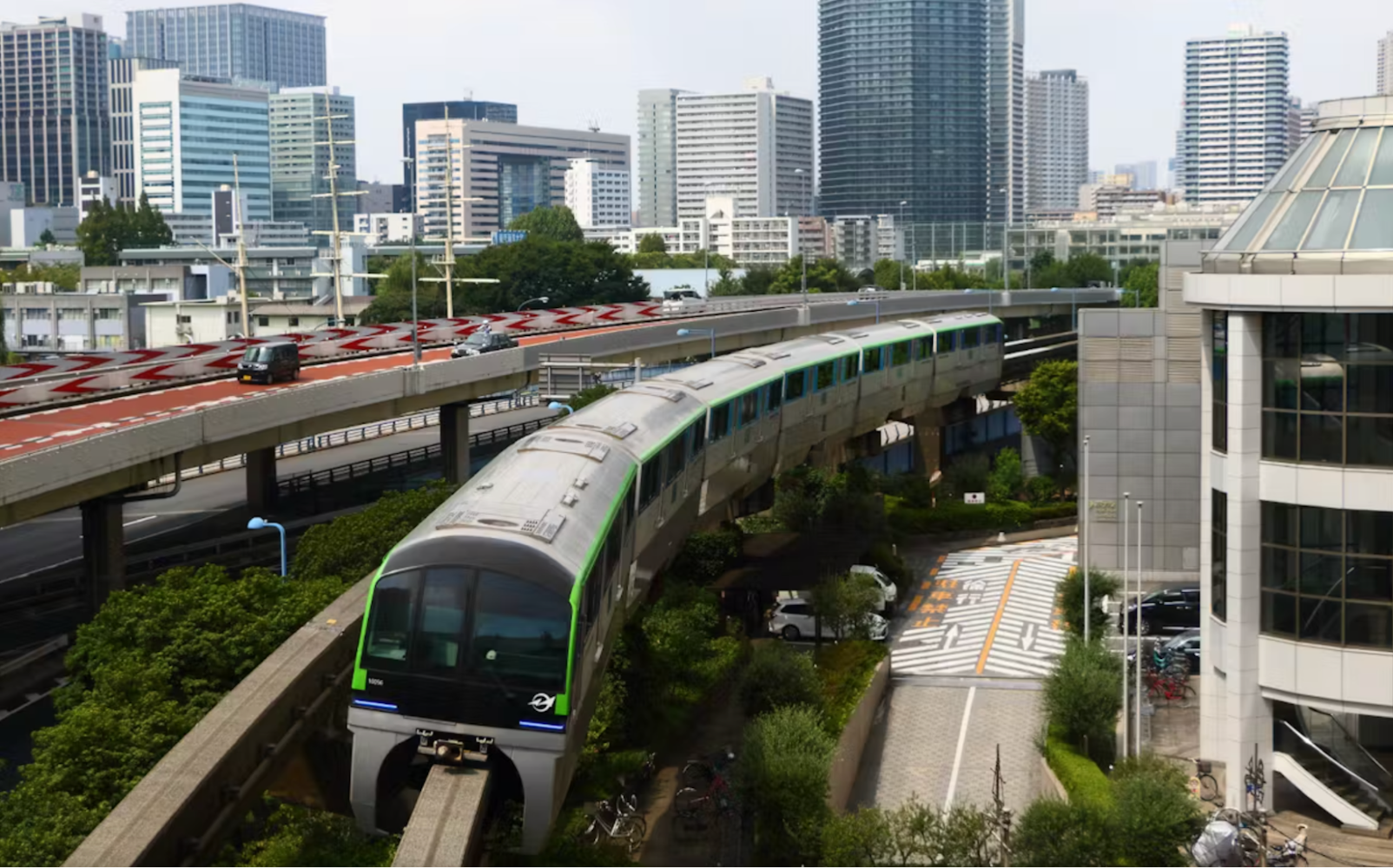
Haneda’s transport options are fast, affordable, and beginner-friendly. The Tokyo Monorail whisks you to Hamamatsucho Station in about 15–20 minutes for ¥490–¥660 ($3–$5 USD). From there, you can hop on the JR Yamanote Line to reach major hubs like Tokyo Station or Shibuya. Alternatively, the Keikyu Line connects Haneda to Shinagawa Station in 11–20 minutes, costing ¥300–¥410 ($2–$3 USD). Shinagawa is a great transfer point for Shinkansen (bullet trains) if you’re heading to Kyoto or Osaka.
Taxis and rideshares are pricier but convenient, especially for groups or those with heavy luggage. A taxi to central Tokyo costs around ¥5,000–¥8,000 ($35–$55 USD), and the ride takes 20–40 minutes, depending on traffic. Airport limousine buses also run to major hotels and stations like Tokyo Station for ¥1,000–¥1,500 ($7–$10 USD).
Narita’s distance from Tokyo means longer travel times, but its transport network is reliable. The Narita Express (N’EX) is a popular choice, zipping you to Tokyo Station in about 50–60 minutes for ¥3,070 ($21 USD). It also stops at Shinjuku, Shibuya, and Yokohama, making it versatile. Book in advance or use a JR Pass to save money.
The Keisei Skyliner is another speedy option, reaching Ueno or Nippori Station in 36–41 minutes for ¥2,520 ($17 USD). These stations connect to Tokyo’s subway and JR lines. Budget travelers can opt for local trains like the Keisei Main Line, which takes 70–80 minutes to Ueno for ¥1,030 ($7 USD).
Taxis from Narita are expensive, costing ¥20,000–¥30,000 ($140–$210 USD) to central Tokyo. Limousine buses are a cheaper alternative, taking 60–90 minutes to major hotels or stations for ¥3,100–¥4,500 ($21–$31 USD).
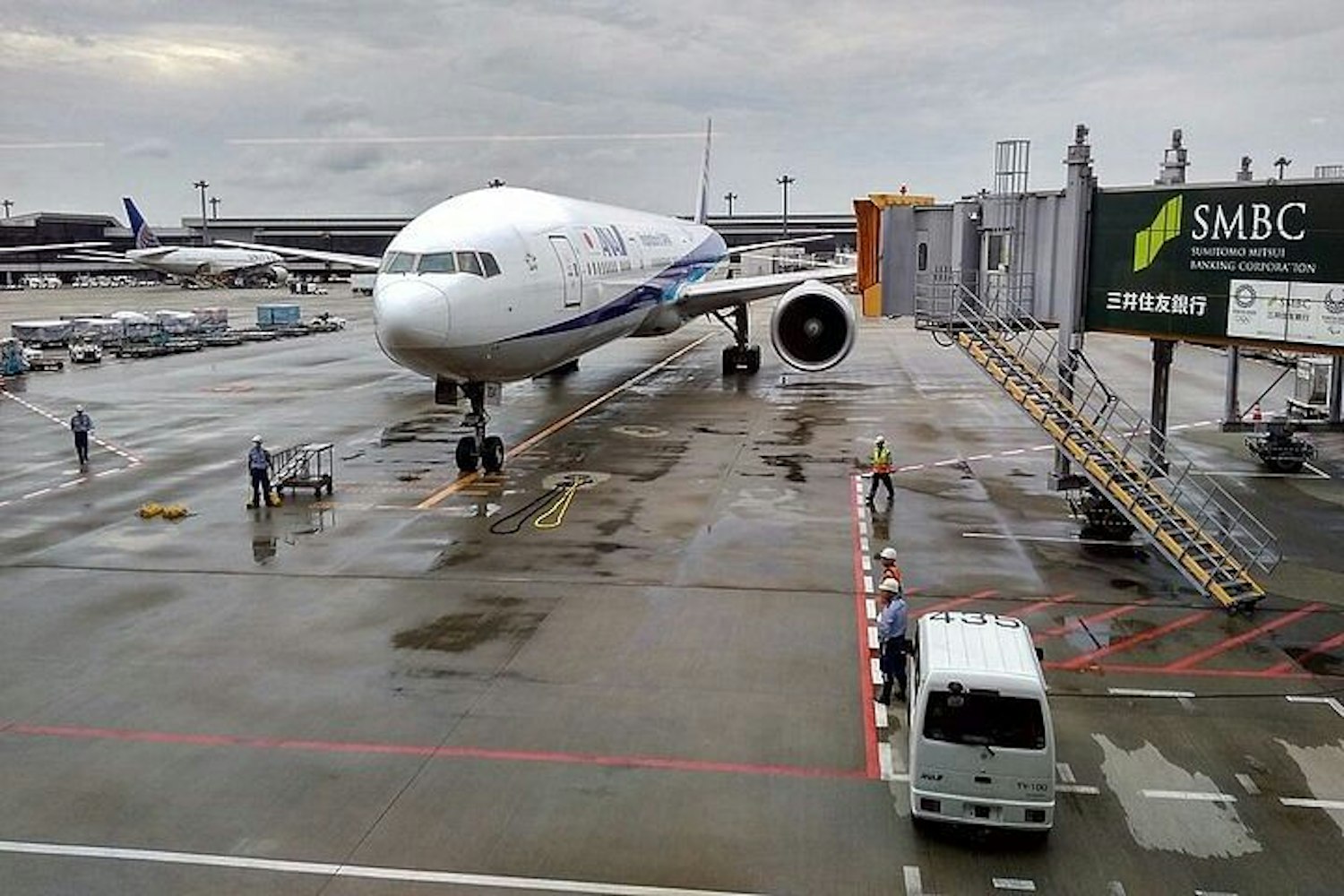
Haneda is a major hub for domestic flights and a growing player in international routes. Airlines like ANA and Japan Airlines (JAL) dominate, offering tons of connections within Japan. If you’re planning to explore Hokkaido, Okinawa, or Kyushu, Haneda’s domestic schedule is unmatched.
Internationally, Haneda serves key destinations in Asia, North America, Europe, and Australia. It’s especially convenient for flights from the U.S., with direct routes to cities like Los Angeles, New York, and Chicago. However, Haneda’s international slots are limited compared to Narita, so you might not find as many budget carriers or obscure routes.
Narita is Japan’s primary international gateway, handling a wider range of global flights. It’s home to both full-service carriers (like United, Delta, and Singapore Airlines) and low-cost airlines (like Scoot, Jetstar, and AirAsia). If you’re flying from smaller cities or seeking cheap fares, Narita often has more options.
Narita’s domestic network is smaller, with fewer flights to Japanese cities compared to Haneda. If your trip involves multiple stops in Japan, you might need to transfer to Haneda anyway.
Also Read: What Are the Cheapest US Cities to Fly to Japan From?
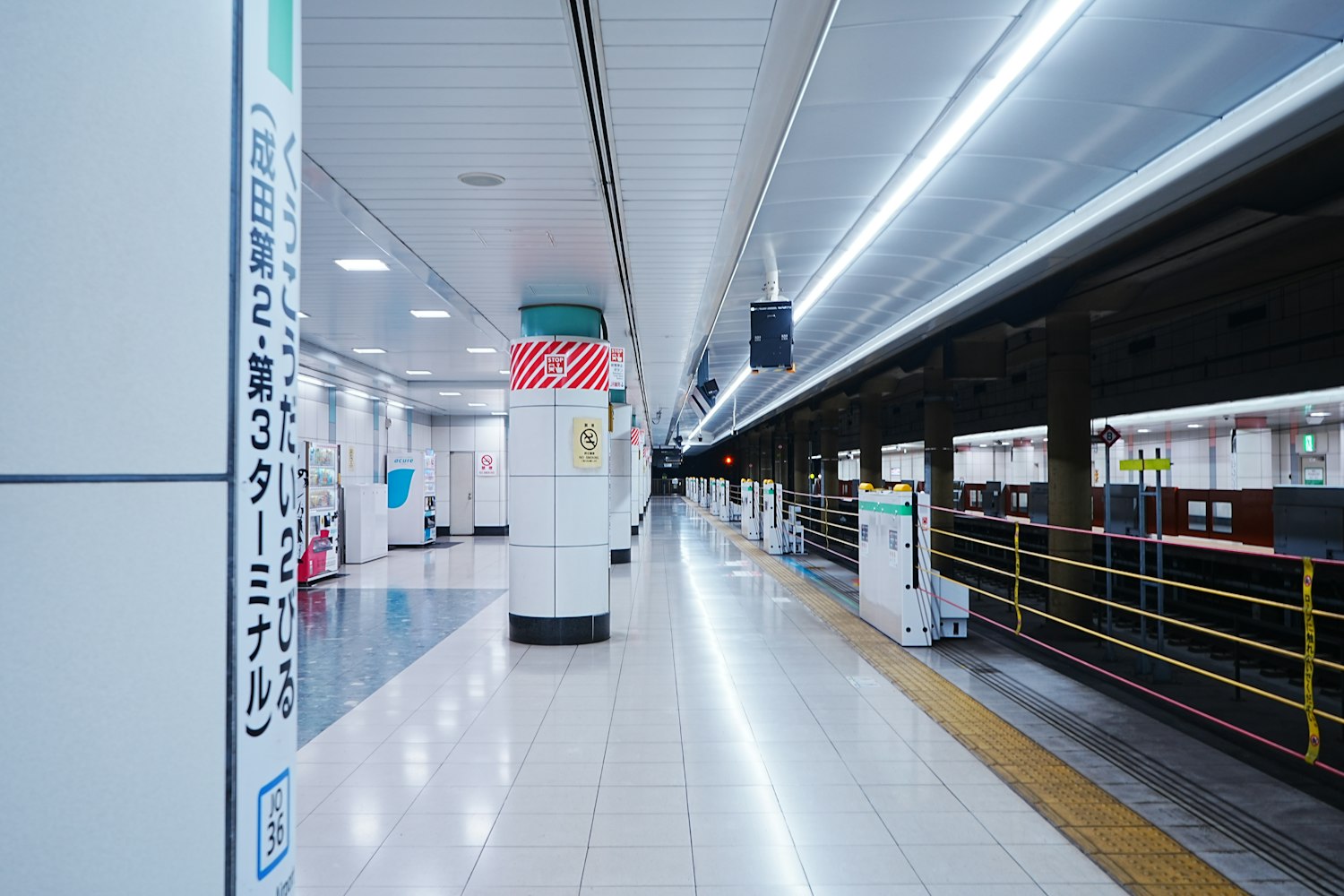
Haneda feels like a modern, compact city. Its terminals (three in total) are clean, efficient, and packed with amenities. Terminal 3 (international) boasts a sleek design with a rooftop observation deck, free Wi-Fi, and a shopping area styled like an Edo-era street. You’ll find everything from sushi bars to duty-free shops selling anime merch.
Terminals 1 and 2 (mostly domestic) are equally impressive, with lounges, kids’ play areas, and even a pet hotel. Haneda’s Edo Koji food court is a highlight, serving ramen, tempura, and more. If you’re stuck on a layover, you can relax at the airport’s onsen (hot spring) or get a massage.
Narita’s three terminals are spacious but less cohesive, with free shuttle buses connecting them. Terminal 1 and Terminal 2 handle most international flights, while Terminal 3 caters to low-cost carriers. Narita’s facilities are solid, with duty-free shopping, restaurants, and lounges. The Naruto Kitchen food court in Terminal 1 is a hit for affordable Japanese meals.
Narita also has unique perks, like cultural exhibits and a pre-security observation deck. However, some travelers find Narita’s terminals dated compared to Haneda’s polished vibe. Long layovers can feel tedious, though the nearby Narita city offers day-trip options like Naritasan Temple.
Haneda is often recommended for families with small children, seniors, or anyone new to international travel. It’s easier to move around, less overwhelming, and much closer to Tokyo’s hotels and tourist spots.
The staff at both airports is helpful, and English is widely spoken. You’ll find nursing rooms, stroller rentals, and clean restrooms in both places. But Haneda’s layout and shorter walking distances make it less tiring, especially after a long flight.
For first-time visitors to Japan, Haneda offers a softer landing.
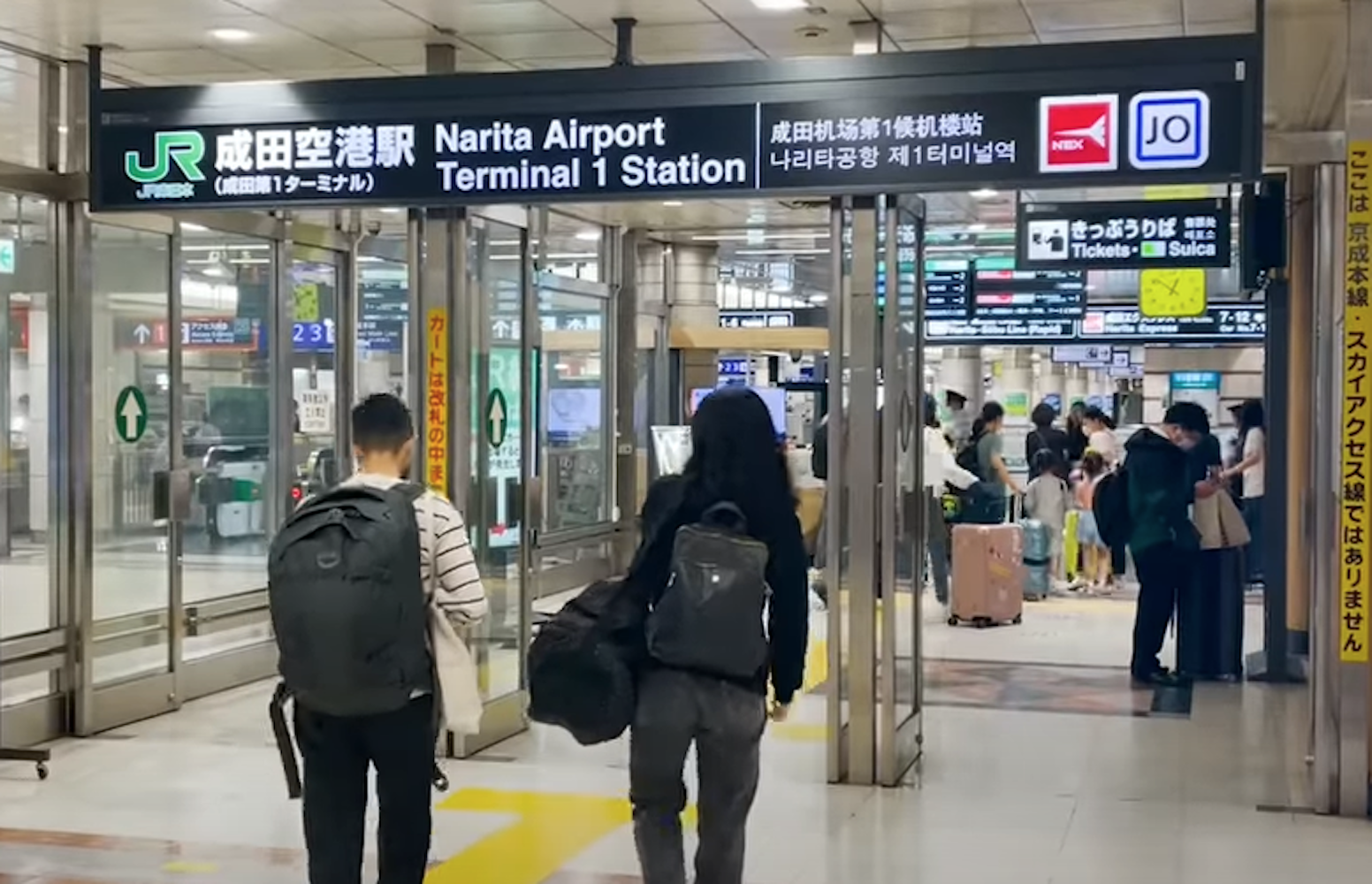
If you have a long layover and want to see the city, Haneda is perfect. You can jump on a train and be in downtown Tokyo in under 30 minutes. That gives you time to visit a temple, grab sushi, or shop in Shibuya before heading back for your next flight.
Narita is too far from the city for short layovers, but it has some local charm too. Narita City is a lovely small town with Naritasan Temple, traditional streets, and Japanese gardens just 15 minutes from the airport by train. It’s a nice mini-trip if you don’t want to go all the way into Tokyo.
Flight prices depend on your origin, airline, and season. Narita often has cheaper international fares due to its low-cost carrier presence. Haneda’s premium routes can be pricier, but deals pop up on major airlines like ANA or Delta.
Ground costs favor Haneda. Transport to Tokyo is cheaper and faster, and nearby accommodations (if needed) are more affordable. Narita’s distance means higher taxi, bus, or train fares, and hotels in Chiba can be less convenient.
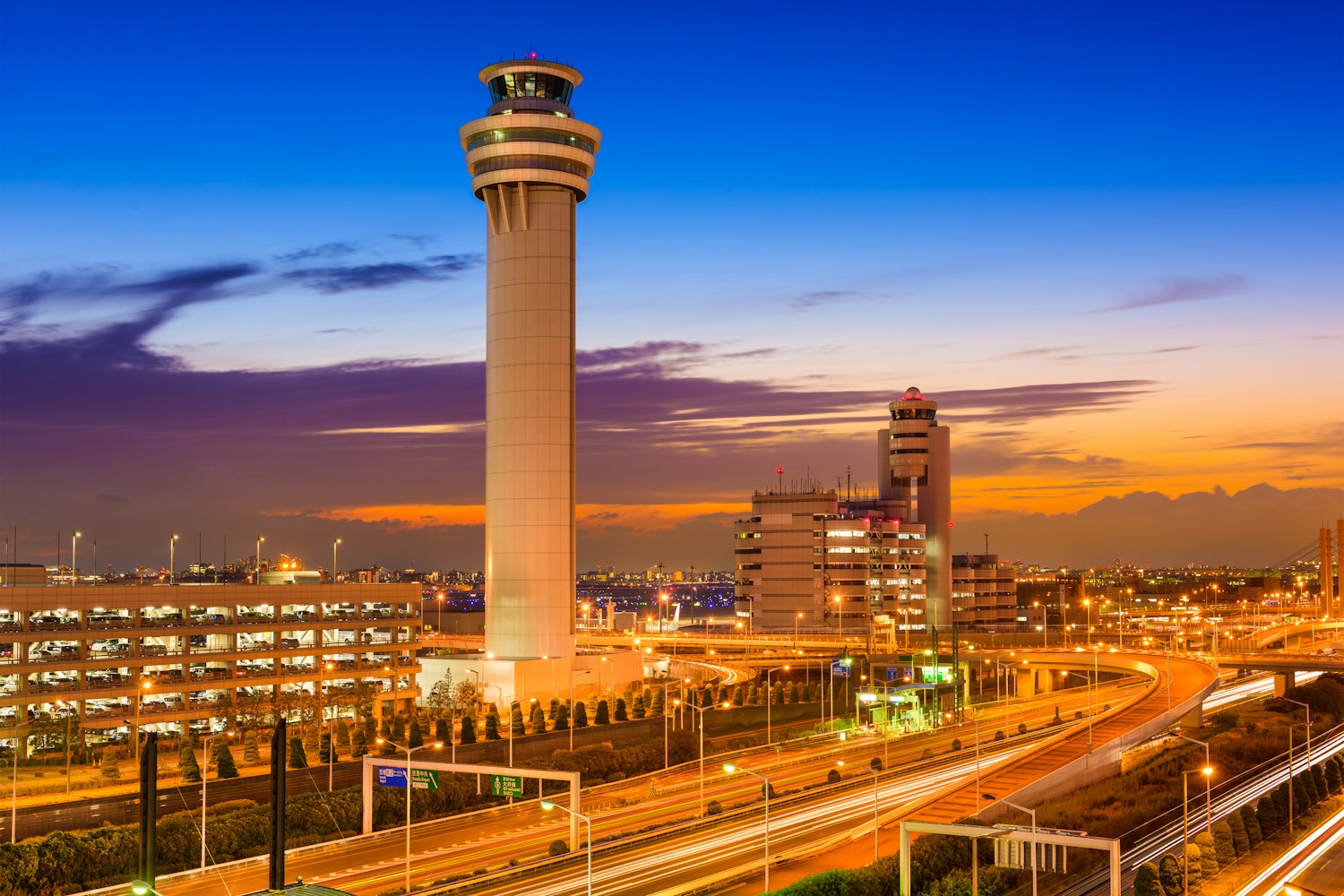
Here’s a quick guide:
Choose Haneda Airport if you:
Want to get to your hotel in Tokyo quickly
Are flying a full-service airline
Have a connecting domestic flight in Japan
Are traveling with kids or seniors
Want to explore Tokyo during a layover
Choose Narita Airport if you:
Found a cheaper flight with a budget airline
Don’t mind the longer travel time
Have a long layover or want to explore Narita City
Are arriving late and staying near the airport
Choosing between Haneda Airport and Narita Airport boils down to your priorities. If speed, convenience, and a sleek airport experience matter most, Haneda is the clear winner. Its proximity to Tokyo and robust domestic network make it ideal for quick trips or multi-city Japan adventures. On the other hand, Narita shines for international travelers seeking affordable fares or diverse flight options. Its transport links are solid, but the extra distance can be a hassle.
Before booking, compare flight prices, check airline routes, and consider your Tokyo itinerary. Both airports are world-class, so you can’t go wrong—just pick the one that fits your vibe. Ready to explore Tokyo’s temples, skyscrapers, and sushi? Your perfect airport is waiting.
Safe travels, and enjoy your Tokyo adventure!
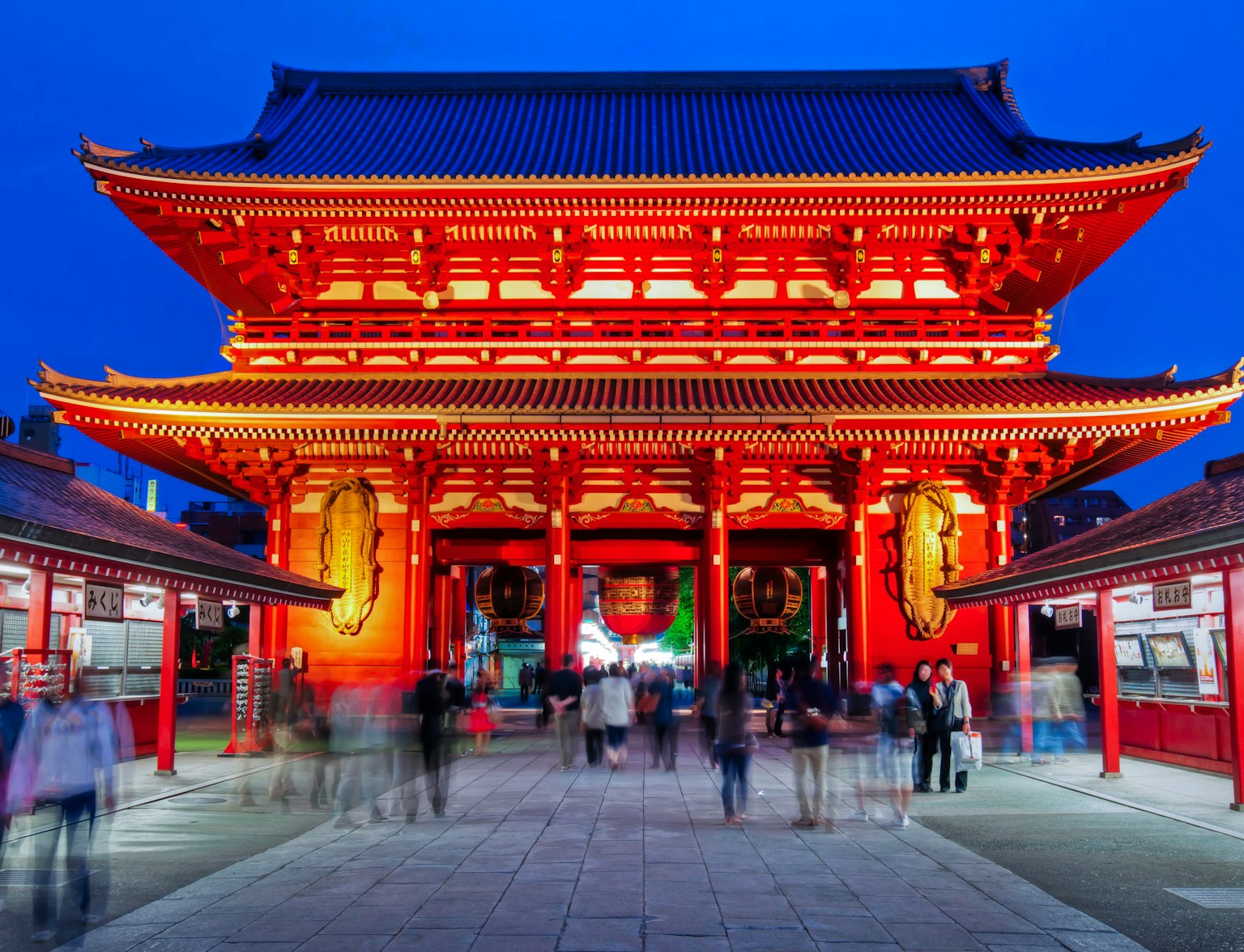
Explore Tokyo's rich history and modern wonders in a full-day bus tour.

